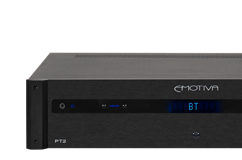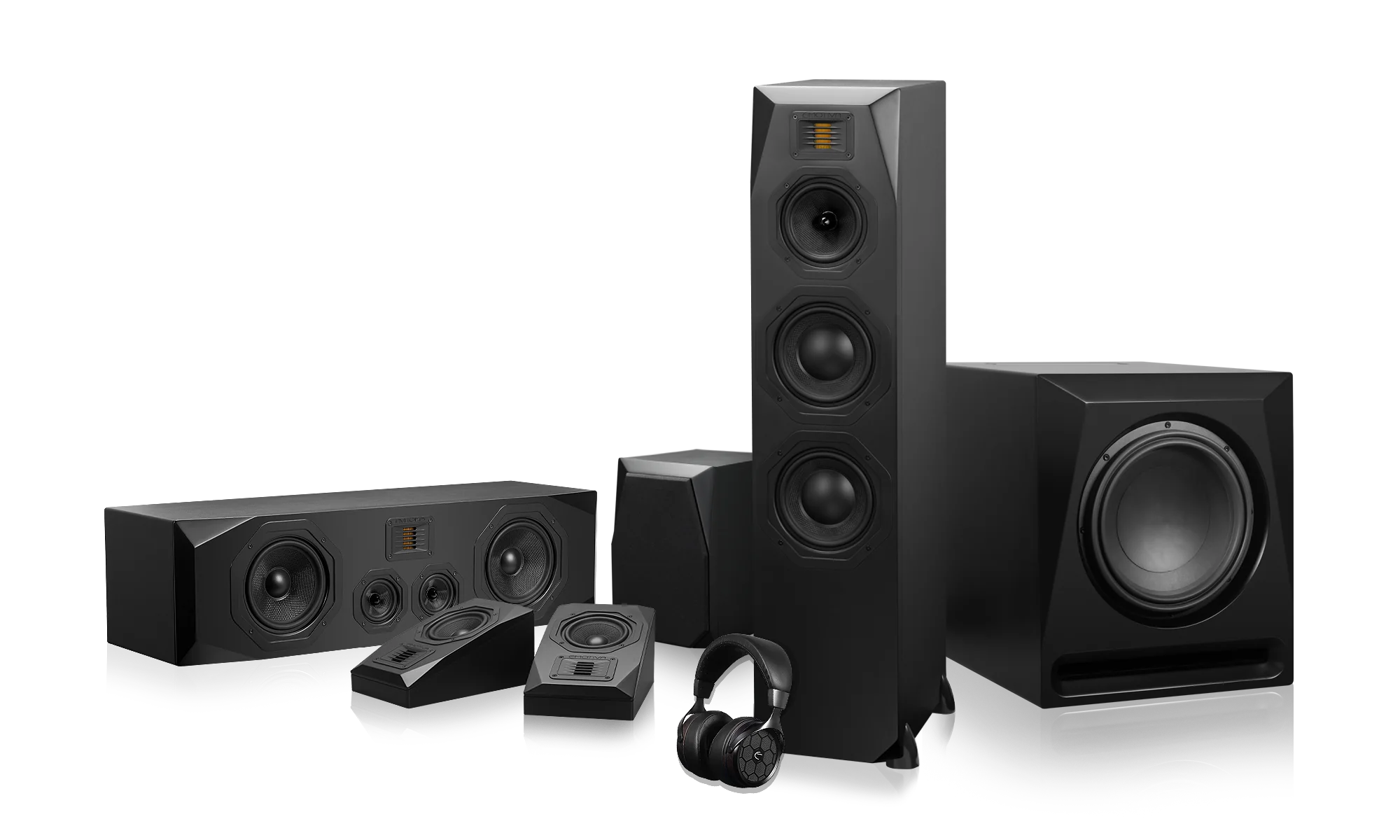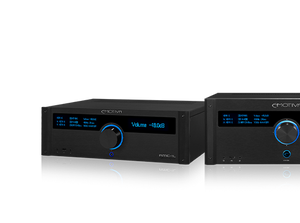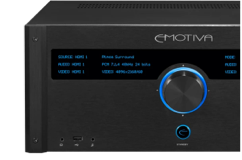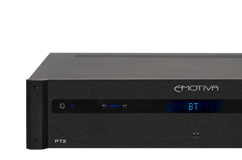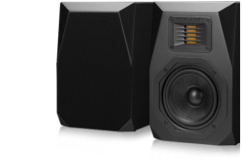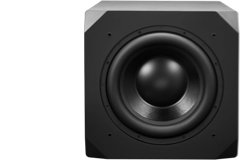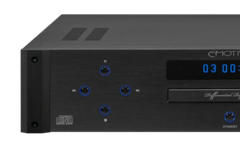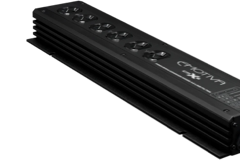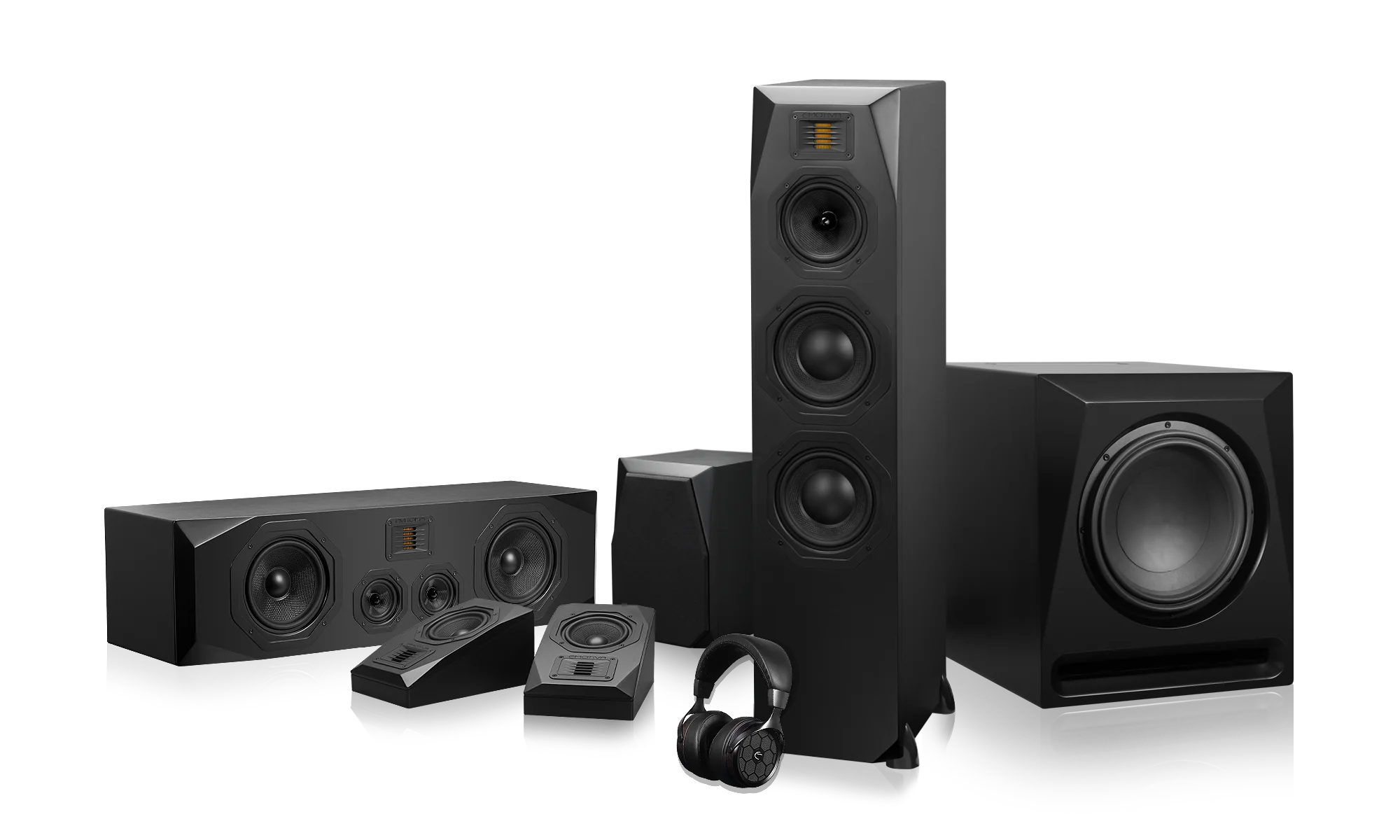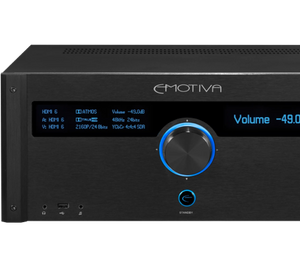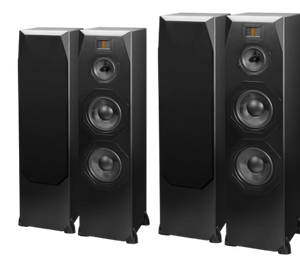Home Theater Surround Sound Setup
Surround Sound Speaker Placement For Home Theaters.
So you’re ready to set up your home theater, and you have a general idea of where your various speakers should go, right? Even if you have a good idea of speaker placement for surround sound, it is essential to consider the setup and choose your speaker placement carefully. Good speaker placement is key to experiencing surround sound as it’s meant to be heard.
What Is Surround Sound & Why is it Important?
Surround sound is just that - an aural experience that surrounds the listener. A surround sound setup that is appropriately calibrated is meant to envelop the listener and increase the realism of movies and music using multiple audio channels and speakers.
Benefits of having a surround sound system in your home theater.
Having a surround sound system in your home will be the best way to have an immersive audio experience, whether you are watching movies, sports broadcasts, or playing games. Surround sound is designed to put you right in the action, meaning your couch could just as well be Middle Earth, Yankee Stadium, or Tamriel. Most content today is designed to be played back over a surround sound system for the best experience.
What You Need To Setup At-Home Surround Sound
An an audio-video home theater receiver capable of at least 5.1 surround sound, if not 7.1 or higher, including height or atmos capabilities, or a dedicated home theater surround sound processor, such as our BasX MC1 or our XMC-2, RMC-1 , or RMC-1L, is the heart of a surround sound system.
If you are using separates, such as a dedicated processor, you will also need one or more external amplifiers to power your speakers. Remember that you will need one channel of amplification for each speaker you intend to use in your setup. Thus, if you have a 5.1.2 configuration, with five surround speakers, one subwoofer, and two height speakers, you will need seven channels of amplification – 5 for the surround speakers and 2 for the height speakers. Subwoofers typically have an internal amplifier already unless it is specified as a passive subwoofer. Click here to see all of the amazing amplifiers Emotiva has to offer!
Finally, you need the actual speakers to round out and complete your surround sound system. Click here to add Emotiva speakers to your shopping list as well!
Tips for Home Theater Surround Sound Placement
The best way to ensure your home theater has everything adequately positioned is to reference the speaker placement guides from Dolby or DTS. These companies dictate the best placement of speakers in surround sound setups. The recording and mixing techniques used to create surround sound content are accurately portrayed on various systems.
https://www.dolby.com/about/support/guide/speaker-setup-guides/

Why Is the Placement of Your Speakers Important?
If the speakers in your system are not placed correctly, the sound playback will not come through as intended. Think about it like a fun-house mirror. A perfectly flat mirror will give a clean reflection of the original light. A bent or angled mirror will ultimately present a distorted image or lack direct reflection.
Speakers positioned incorrectly in a room or assigned incorrectly from an A.V.R. or processor will be playing back sound that was not intended to come from those directions. This will be a confusing experience for listeners due to mismatching localization and spectral cues, even though there may still be sound coming from around the room.
Front Speakers
The front speakers in a surround sound setup are responsible for most content playback. The front stage of a surround system is crucial to a good surround sound setup and includes the front right and left speakers and the center speaker. Typically, the center speaker is responsible for reproducing voices in film and television, and the front is left and right.
Check out our article on how to connect your speakers to your TV and sound system here.
5.1 vs. 7.1 Surround Sound Placement
In a 5.1 setup, you will have your three front stage speakers, with your center channel under the T.V. and the front left and right speakers to the sides of the screen. Then you will place the two surround speakers to face toward your ears out to either side of your sitting position. You will also place a subwoofer, the .1 portion of the setup, often somewhere on the floor of the front wall of the setup, either to the left or right of the screen.
https://www.dolby.com/about/support/guide/speaker-setup-guides/5.1-virtual-speakers-setup-guide/
In a 7.1 setup, you will set your front stage, surround speakers, and subwoofer in the same way as a 5.1 setup, and then you add two additional rear surround speakers behind your seating position, both to the left and right facing toward you at a 135 to 150-degree angle.
https://www.dolby.com/about/support/guide/speaker-setup-guides/7.1-virtual-speakers-setup-guide/

Atmos Surround Sound Configurations
There are multiple Dolby Atmos sound configurations, and adding height speakers to your system can deliver an extra layer of immersiveness and realism to your viewing experience. Visiting Dolby’s dedicated Atmos website.
Surround Sound Placement For Challenging Layouts:
Room With TV Positioned in the Corner
Typically, it is best to avoid positioning a T.V. in the corner and then placing a surround sound system around such a layout. This will result in multiple reflection points, affecting the overall sound quality. If it is impossible to put the T.V. anywhere else, the setup will follow the Dolby Atmos sound configurations as close as possible. Furthermore, this is where equalization (link to eq article if published) can help get the most out of your surround system, even if placement and the room orientation are not ideal.
L-Shaped Room
When setting up a home theater system in an L-shaped room, the best approach is to place the speakers within only one of the room's two rectangle areas and avoid the remaining sections for speaker placement, such as around the 90-degree bend of the room. An L-shaped room creates asymmetrical room acoustics, so room equalization can help minimize issues within such a room layout.
Large Room/Open Floor
A home theater set up in a large and open room can work, but a couple of essential details should be considered. First, understand that if you like to play your movies at a louder level, more volume is required in a large room to reach your desired levels. Thus, it is essential to power your speakers correctly and to know the capabilities of both your amps and speakers. Furthermore, due to the multiple reflection points in large and open rooms, room equalization is also essential to get your system sound at its best.

Closing
A great-sounding home theater system requires proper placement and setup of multiple speakers. Familiarizing yourself with Dolby’s recommended placement guides, and choosing appropriate components and speakers, will help you create an immersive surround sound system. We are here to help with our line of home theater separates, such as our processors and amplifiers, will help you build the heart of a great system, and our excellent Airmotiv speakers will immerse you in whatever you are watching.
Other articles you might be interested in

How to Choose the Right Amplifier!
We are here to help you go over the basics when trying to pick the right amplifier for your system with some simple things to look for when shopping for that perfect amplifier and speaker combination.

The Science of Sound: The Basics of Stereo Preamplifiers
Our very own Lonnie has an in depth discussion about the ins and outs of stereo preamplifiers.




